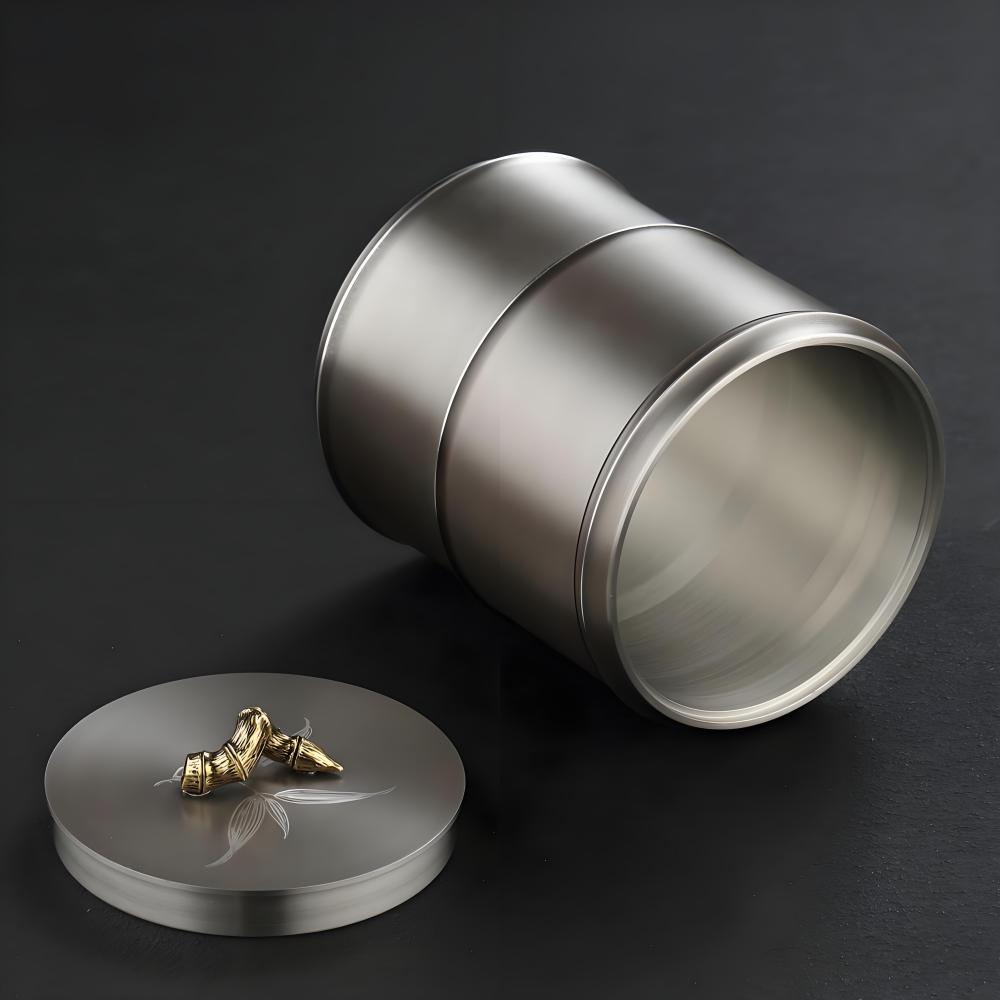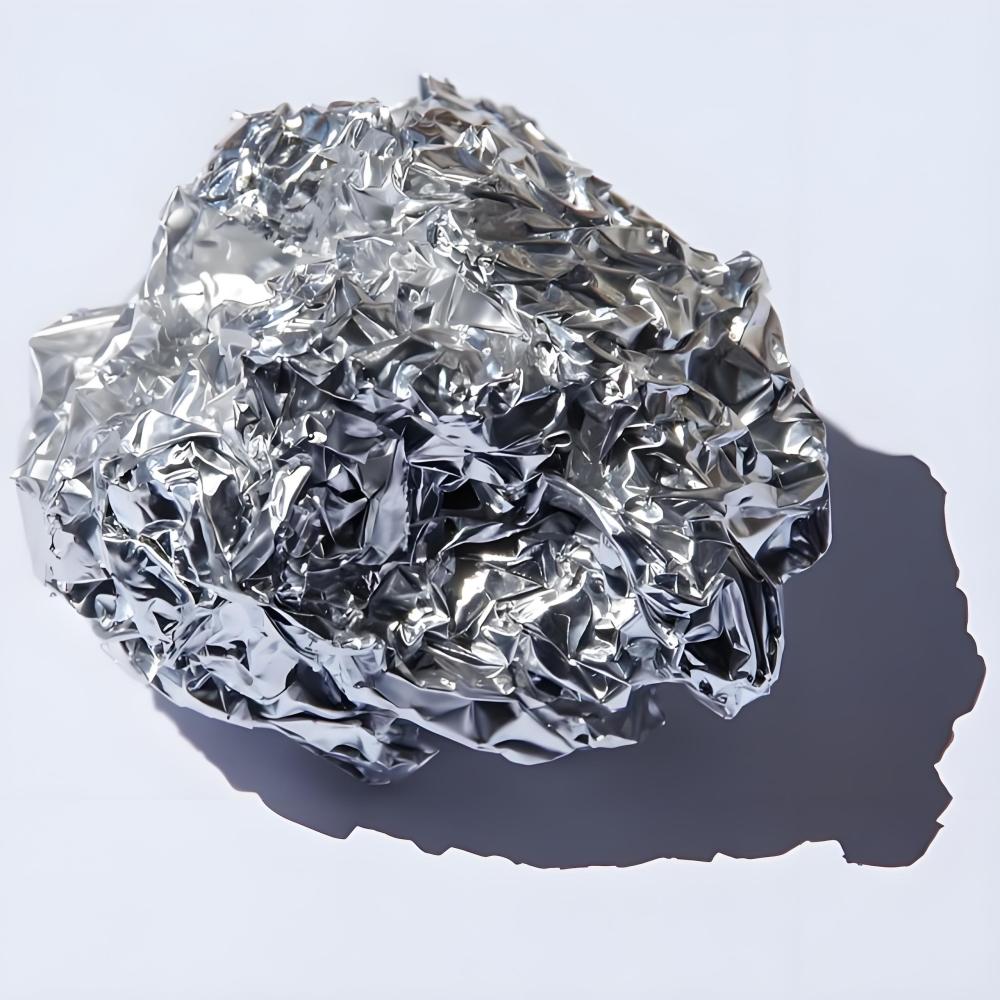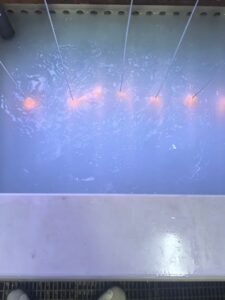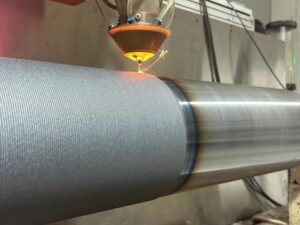What Is 1100 Aluminum?
1100 aluminum is a commercially pure aluminum alloy, containing at least 99% aluminum by weight. This high purity level sets it apart from other alloys that incorporate additional elements to enhance specific properties. Often referred to as “commercially pure aluminum,” 1100 aluminum is part of the 1xxx series of aluminum alloys, where the primary alloying elements are minimal, and aluminum dominates the composition.
The simplicity of 1100 aluminum is its strength. With minimal alloying elements, it offers excellent corrosion resistance, high thermal and electrical conductivity, and remarkable formability. These qualities make it ideal for applications where strength is less critical than flexibility or conductivity. From decorative components to electrical conductors, 1100 aluminum’s versatility is unmatched in many scenarios.
This alloy is often supplied in various forms, including sheets, plates, foils, and bars, making it easy to work with across different manufacturing processes. Its soft, ductile nature allows it to be shaped, bent, or formed with ease, which is why it’s a favorite for intricate designs and lightweight structures.
Chemical Composition of Aluminum 1100
The chemical makeup of 1100 aluminum contributes significantly to its properties. Being a commercially pure aluminum alloy, its primary element is aluminum, supplemented by trace amounts of other elements that enhance specific characteristics.
Typical Composition:
- Aluminum (Al): 99.00% min
- Copper (Cu): 0.05% to 0.20%
- Iron (Fe): 0.00% to 0.95%
- Silicon (Si): 0.00% to 0.95%
- Zinc (Zn): 0.00% to 0.10%
- Manganese (Mn): 0.00% to 0.05%
- Other Elements: 0.15% max (total)
This high purity ensures excellent corrosion resistance and makes it suitable for many chemical-related environments.
Properties of 1100 Aluminum
Mechanical Properties
1100 aluminum is not known for high strength but offers excellent formability and workability. It is frequently used in applications where moderate strength is acceptable but where lightweight, corrosion resistance, and ease of forming are more critical.
- Tensile Strength: 89 MPa (13,000 psi)
- Yield Strength: 34 MPa (5,000 psi)
- Elongation at Break: 35% at 2 inches (typical for annealed condition)
- Hardness (Brinell): Around 23
While it lacks the high tensile and yield strengths found in other alloys, it compensates with excellent ductility and softness, which allows it to be drawn or spun into complex shapes without breaking.
Physical Properties
1100 aluminum excels in its physical characteristics, making it a preferred material for various applications requiring thermal and electrical conductivity.
- Density: 2.71 g/cm³ (0.0975 lb/in³)
- Melting Point: 643°C (1,189°F)
- Thermal Conductivity: 222 W/m·K
- Electrical Conductivity: 61% IACS
- Coefficient of Expansion: 23.6 µm/m-°C
These properties allow 1100 aluminum to be a highly effective material in heat exchangers, electronic housings, and radiators.
What is 1100 Aluminum Used For?

Due to its specific characteristics, 1100 aluminum finds are used in a wide array of industries. Its high corrosion resistance and electrical conductivity make it suitable for both commercial and industrial applications.
Common Applications:
- Electrical Conductors: Because of its high electrical conductivity, it is commonly used in electrical bus bars and transformer windings.
- Chemical Equipment: Its resistance to chemical corrosion makes it ideal for tanks, piping, and chemical handling systems.
- Food and Beverage Industry: 1100 aluminum is safe for food contact, making it ideal for cooking utensils, food containers, and packaging materials.
- Architectural Applications: It is used in roofing, siding, and decorative elements due to its ability to withstand weathering without corroding.
- Heat Exchangers and Radiators: Its thermal conductivity allows efficient heat transfer in HVAC and automotive systems.
- Reflective Surfaces: When polished, 1100 aluminum becomes a highly reflective material used in lighting equipment and reflectors.
- Signage and Nameplates: Its ability to be easily printed, stamped, or engraved makes it suitable for creating detailed graphics.
- Household Items: From kitchen tools to home décor, 1100 aluminum is used in a variety of consumer goods.
Its adaptability is what makes 1100 aluminum a mainstay in manufacturing and production lines that require dependable, formable, and safe materials.
Aluminum Alloy 1100 in Machining
When it comes to machining, 1100 aluminum is appreciated more for its ease of fabrication than its strength. It is often selected for parts that do not undergo heavy mechanical stress but need to be precisely shaped or formed.
Advantages in Machining:
- Excellent Formability: It can be bent, spun, and drawn into complex shapes without risk of fracture.
- Weldability: This alloy is easily weldable by all conventional methods.
- Corrosion Resistance: Essential in environments exposed to moisture or chemicals.
- Surface Finish: It accepts anodizing well and can be polished to a high sheen, enhancing visual appeal.
- Low Tool Wear: Since it is a soft material, it causes minimal wear on cutting tools.
Limitations:
- Low Strength: Not suitable for load-bearing components.
- Gummy Chip Formation: Tends to produce long, stringy chips, which can clog tooling if not managed.
Common Machined Products:
- Electrical fittings
- Decorative trim
- Custom fasteners
- Instrument cases
- Lightweight brackets
Choosing 1100 aluminum for machining projects is ideal when the priority is corrosion resistance, ease of forming, and electrical conductivity rather than mechanical strength.
Heat Treatment and Work Hardening
Since 1100 aluminum is non-heat-treatable, it is typically strengthened through cold working processes such as rolling, drawing, or spinning. The alloy is available in several tempers, including:
- 1100-O: Annealed (softest, most ductile form)
- 1100-H14: Strain-hardened
- 1100-H18: Maximum strain-hardened (hardest form)
These variations offer flexibility depending on the application’s need for softness or strength.
Welding and Joining Techniques
1100 aluminum is easy to weld using standard techniques such as:
- TIG (Tungsten Inert Gas) Welding
- MIG (Metal Inert Gas) Welding
- Resistance Welding
Its high purity reduces the likelihood of hot cracking, a common issue in aluminum welding. Proper cleaning and preparation further enhance weld quality.
Precionn: Your Trusted Partner in Precision Machining
At Precionn, we understand the unique demands of international clients seeking top-quality machining services. With extensive experience of working with aluminum alloys like 1100, we provide customized solutions tailored to specific application needs. Whether it’s precision cutting, forming, or finishing, our team ensures that every product meets the highest standards of quality and performance.
From small batches to large-scale production, Precionn is committed to delivering excellence in every project. Visit our website to learn more about our capabilities and how we can support your business with expert machining solutions.




